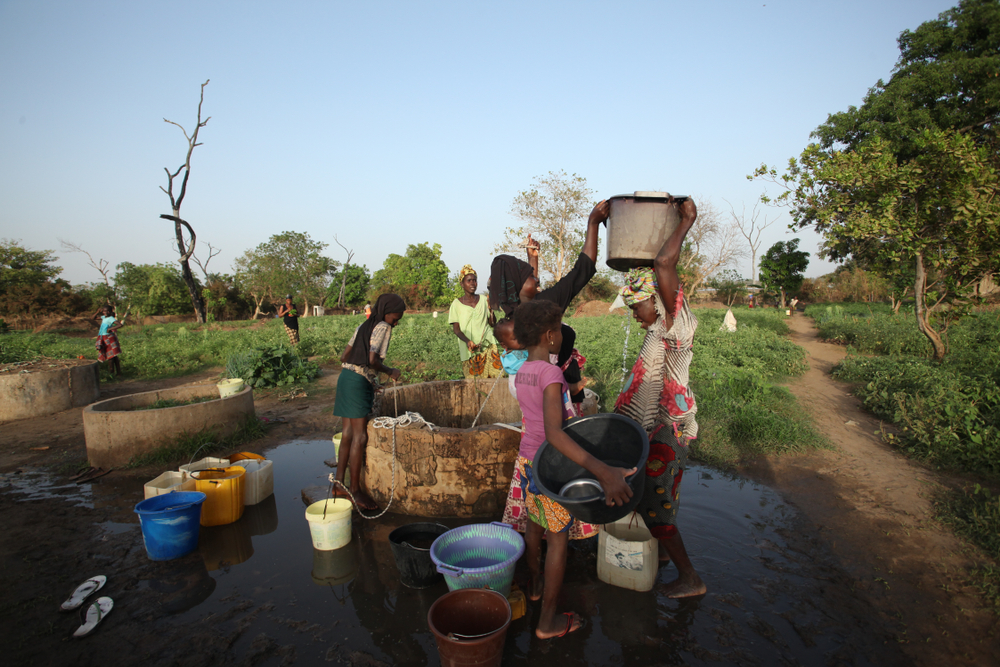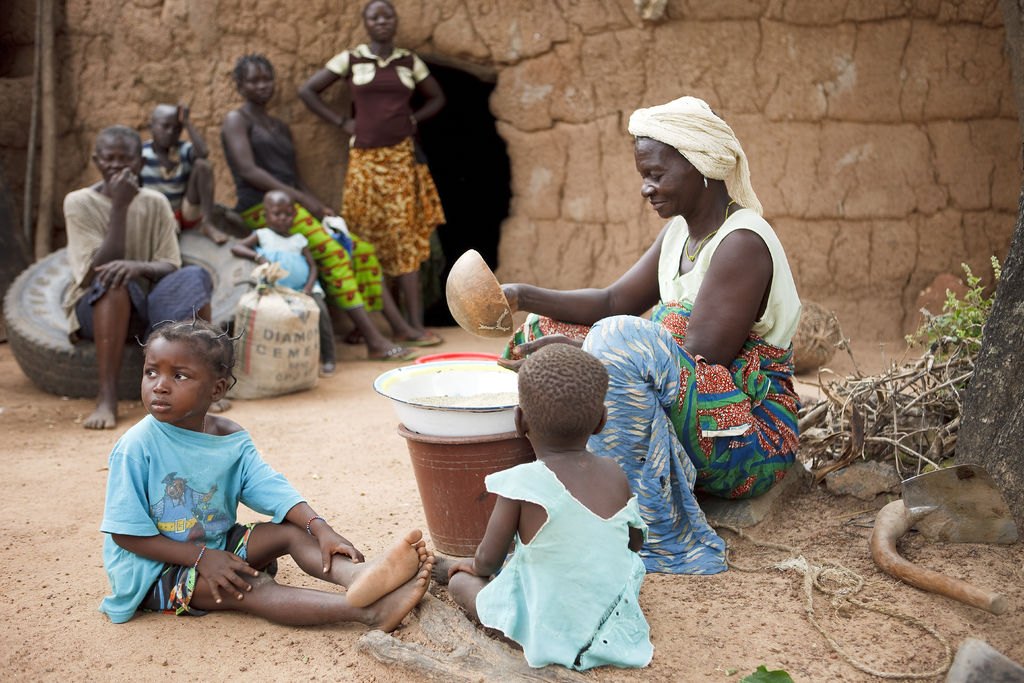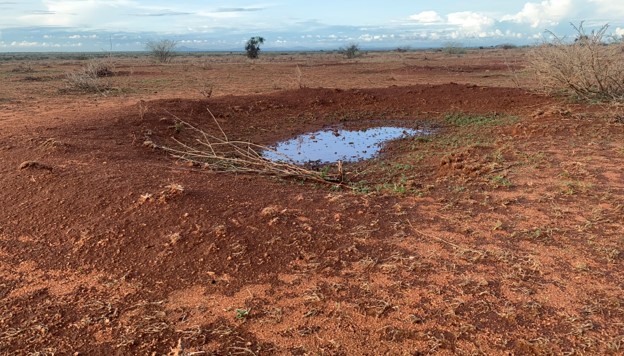The production of resin from Boswellia trees, a.k.a. frankincense, is under threat. Rescuing them is simple in theory but less so in practice.
Frankincense in peril was the disquieting title of the study in Nature Sustainability with which WUR professor of Forest Ecology and Forest Management Frans Bongers and his colleagues sent a wake-up call to the incense world in early July. Not for the first time, either. Bongers had already sounded the alarm about frankincense trees seven years ago. ‘The British Ecological Society said it was the most widely cited article in the media ever,’ he says with some pride. The press paid a lot of attention to his most recent study too. The New York Times devoted a whole page to the story.
What is new about your latest study?
We’ve extended the research. The previous study was based on data from two locations. Now we have looked at 23 sites of the main production tree, Boswellia papyrifera, in the Horn of Africa. We also looked at the other Boswellia species that are used for the production of incense. The story is consistent and solid.’
And the conclusion is…?
‘Incense production will halve over the next 20 years due to over-exploitation and a shortage of new plants. A lot of places have not seen any new trees in the past half century. Without any new growth, it will only be a matter of time before incense trees die out.’
Why is so much incense tapped?
‘Interest in incense has soared over the past seven years or so. That is mainly due to the use of incense in essential oils. When people think of incense, they usually think of the grains, sticks and cones you can burn but it’s the oil that you get from incense through steam distillation that is the big business. The body culture has really taken off in the West in the past 10 to 15 years. There’s a Body Shop or Rituals on every high street. And the profit margins are huge.’ (See inset, ed.)
Inexpert tapping
Incense is obtained by slashing the tree bark and then tapping the resin that is secreted. Production needs to become more sustainable, for example by tapping less often and more skilfully, argue Bongers and his co-authors in their article. Trees that are tapped too often and inexpertly become weak and die. The emphasis should be on quality, not quantity. Certification would help, as would sound regulations and oversight, say the researchers.
Is it that simple?
‘No. Anyone can see that it would help but it’s tricky in practice. An Ethiopian PhD candidate is currently trying to persuade companies to use different incentives for more sustainable production. But none of the companies are interested. Why should they cooperate? They can sell their product anyway.’
So who should initiate that change process?
‘We consumers need to want this. We need to ask for it. And that is happening. There is increasing pressure. The users who rub that stuff on their bodies — often middle-aged ladies — want socially and environmentally responsible products. The demand is the important thing. That is why I try to talk to companies and the media about that demand. We need to ask for a different approach.’
What about CITES, the organization that regulates international trade in endangered species?
‘There has just been a CITES conference in Geneva, where the trade in incense was on the agenda. Of the 20 species of incense trees, 13 are on the Red List of endangered species. The species we are talking about here are not yet on that list.
Without new growth, it will only be a matter of time before incense trees die out
In Geneva, a proposal was made to improve regulation of the trade in these species. That trade is a free-for-all at present. Our article provides powerful support for that call, and in fact it was enclosed with the proposal.’
New growth
In addition to making production more sustainable, a key measure is to plant more trees, says Bongers. ‘Regeneration is the big problem. Old trees die off. The trees are now 70 years old on average. No new trees at all have grown in the past decade as cows eat all the saplings. So it is not enough to plant trees; you have to look after them for a long time. It takes 10 to 30 years before you can tap resin from a new tree.’
Is this possible in conflict zones?
‘No. The main incense production areas, Ethiopia’s borders with Sudan and Eritrea, are conflict zones. That has to change if the approach is to be successful.’
Are incense plantations a solution?
‘Experiments are underway with plantations. The question is what the quality of that incense is like. But you need a lot of money for such plantations. What is more, they sideline small-scale farmers’ cooperatives, which cannot compete with the big companies. The farmers then have less secure livelihoods as the woods where they tap incense would no longer be worth anything. Is that what we want?’
Incense is big business
Around 6600 tons of frankincense — the resin from Boswellia trees — is traded every year. Two thirds comes from Boswellia papyrifera, the main frankincense tree, which grows primarily in Ethiopia, Eritrea, Sudan and Chad (see map). One kilo of raw incense fetches two to six euros. The essential oil that is extracted from incense using steam distillation fetches a lot more. Frans Bongers: ‘A 15 ml pot costs 100 euros online. One kilo of incense will give you 60 ml of pure oil. That’s four pots, so 400 euros.’

 Foto: Peter Groenendijk.
Foto: Peter Groenendijk. 

